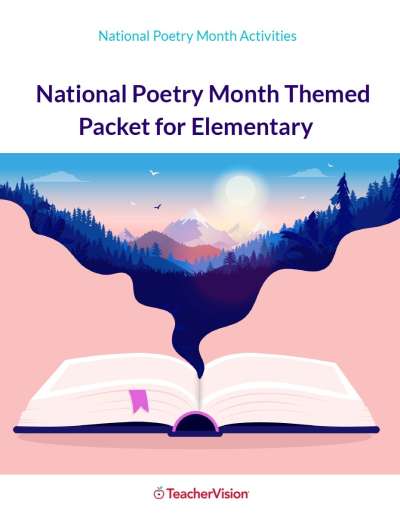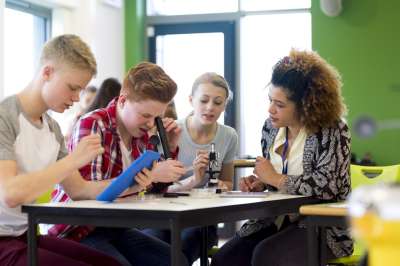Download for free!
Sequencing the Events: Teaching Strategies (Grades 1-5)
In this article, we explore the critical reading skill of sequencing the events in a text. This fundamental aspect of reading comprehension is a necessary skill for elementary school students to help them better understand what they read.
We’ll cover what a sequence of events is, its importance in understanding and recalling stories, and various strategies to teach and reinforce this skill among young students.
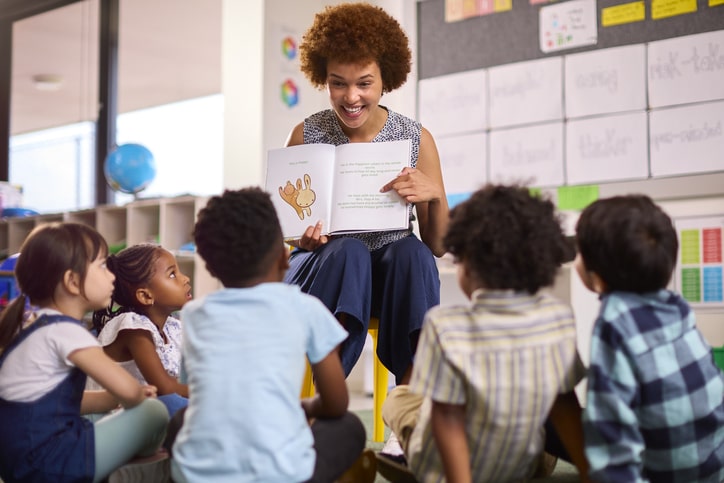
What is Sequencing?
Sequencing is one of many skills that contribute to a student’s ability to comprehend what they read.
Sequencing refers to the identification of the components of a story, such as the beginning, middle, and end, and also to the ability to retell the events within a given text in the order in which they occurred.
Sequencing the events in a story is a key comprehension strategy, especially for narrative texts. Finding meaning in a text depends on the ability to understand and place the details, the sequence of events, within some larger context—the start, middle, and end of a story.
The ordering of events in a story, along with connecting words such as once upon a time, then, later, afterwards, and in the end, are good examples of textual features, an understanding of which gives the reader a way of integrating the story's individual parts into its larger framework—and thereby understanding the author's purpose.
Why is Sequencing the Events of a Story Important?
It Helps Story Recall
Students are best served if they can understand the information in a text as it is presented and then recall it at a later point.
Beginner readers and those who have not had the opportunity to work on their sequencing skills will tend to retell a story starting with the end, as it is the part of the book they’ve read or heard most recently. More intermediate readers may re-tell a story by focusing primarily on the sections most appealing to them, rather than by giving a complete sequence of the events that occurred(Fox and Allen, 1983).
Practicing sequencing the events helps remedy both of these common issues. If students are encouraged to identify the parts of a story, for instance, they will better be able to retell it to somebody else. It will be more manageable for students to think of a story in pieces— the beginning, middle, and end— rather than try to recall it as one long book.
It Strengthens Writing Skills
Sequencing activities also provide an opportunity for students to examine text and story structure, which, in turn, strengthens their writing skills.
How Can You Teach Sequencing?
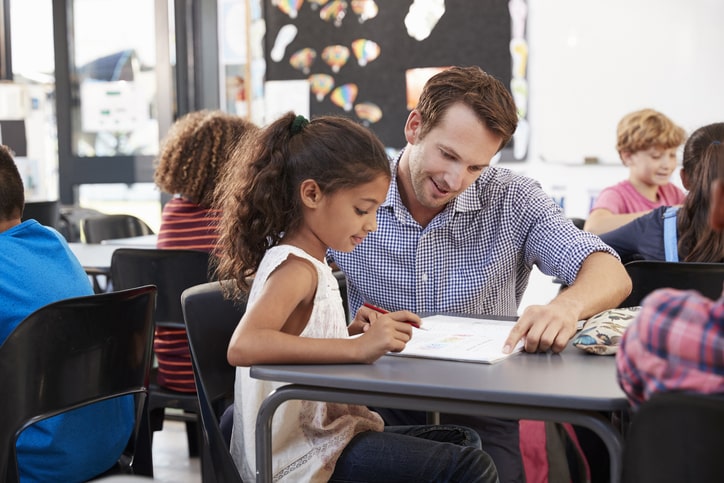
When selecting a text for a sequencing activity, start with a short piece that contains distinct events; has a clear beginning, middle, and end; and that lends itself to being retold. A familiar example of such stories would be a book of fairy tales and fables.
A variety of ways exist to help students hone their sequencing skills. Below are some ideas for practicing sequencing in the context of read-aloud stories or during independent reading.
Read Aloud
Prior to reading a story aloud, remind students that they will be working on their sequencing skills.
Depending on your lesson, you might say, "As we read, let's think about what happens during the beginning, middle, and end of the story," or "After we finish reading, we're going to try to retell the story."
As you read, pause frequently to ask students to identify the events in the story and to help encourage them to think about when the beginning gives way to the middle, which in turn transitions to the end.
Once you have finished the story, make lists of the events that occurred, trying to arrange them in order. Sentence strips work well for this type of activity since events can be written on individual strips and then rearranged as necessary to put the events in the correct order. Let students use these lists or strips as reminders as they retell the story by acting it out with puppets, for instance.
Independent Reading
Once again, begin by reminding readers that they will be working on their sequencing skills.
One strategy that may be helpful is to give students pieces of paper and pencils to use as they read. Students can write page numbers and a few words to help remind them of important events in the story.
For instance, a student who is reading Goldilocks and the Three Bears in order to retell it may create the following sequence:
Goldilocks comes in
She eats the porridge
She breaks the chair
She falls asleep
The bears come home
This sequence doesn't tell the whole story, but it does provide the key elements, in order, and would serve as a good outline for someone wanting to retell it themselves.
If this is the first time students are using this procedure, model it before asking them to do it on their own, using a read-aloud story and recording your own ideas in a think-aloud style to show students how to practice this on their own.
Once students have completed reading, give them opportunities to write about their stories' sequences in a reading journal, discuss their stories with partners, or retell them to family members for homework.
Sequencing Extension Activities
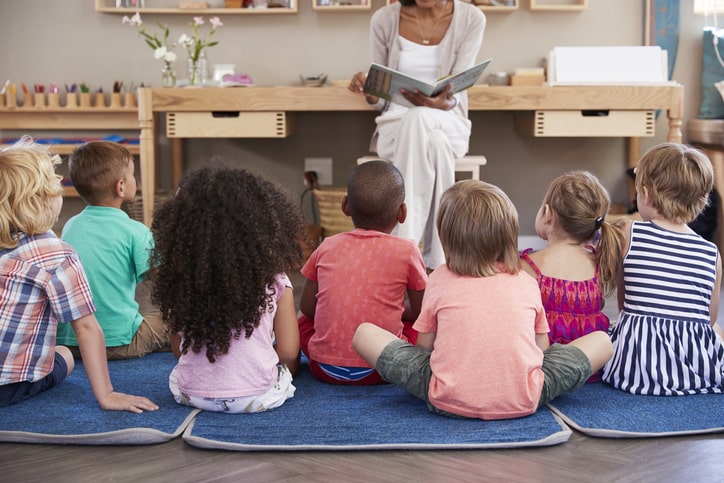
Students benefit from a variety of experiences with sequencing the events of a text. Practice sequencing in different ways and with a variety of texts.
Mix and Match
Make games of sequencing practice by photocopying a short story, mixing the pages up, and asking students to reassemble them in the correct order (be sure to take the page numbers off the pages for this activity!).
This type of activity can also be done with pictures by giving students a set of illustrations that tell a short story or show a common step-by-step procedure, such as making a sandwich or getting dressed. Students then assemble the pictures so that the steps are in a logical order.
Voice Recordings
Older students who are being asked to retell a story can participate in self-evaluation by recording themselves as they do so.
This technique allows students not only to practice retelling, but also to listen to themselves and evaluate their performances.
Questions students can think about during this self-assessment include: Did I include the important aspects of the story? Are there any elements I should have included? Will my retelling make sense to someone who isn't familiar with the story?
Re-Writing Stories
Students can also expand on their retelling skills by rewriting plays they have read or heard and then performing those plays for their classmates or another class. This provides students with opportunities to study sequencing in the roles of both readers and writers.
Using Sequencing Across the Curriculum
Sequencing the events is a skill most often associated with teaching early readers. However, this skill can be incorporated into any education subject area.
Reading
Students can practice their sequencing skills as they read independently, participate in small group reading activities, or listen to you read a story. Before reading a longer story with students, make charts labeled, "beginning," "middle," and "end." Pause after each section of the story to discuss the sequence of events and to record key words and information on your charts.
Writing
Sequencing is an important skill in writing. One way for students to plan their writing is by creating an outline or using worksheets such as a graphic organizer before beginning a piece. This provides opportunities for students to think about the sequence of events in a short story or the most logical sequence in which to provide information in a story.
Math
Math provides great opportunities to help students to think about ideas for solving a given type of problem. This process can be thought of as a sequence of steps. Students can create a list of the steps of a process, such as finding a common denominator for a pair of fractions, and work with partners to follow those steps while solving applicable problems.
Social Studies
As students study history, they are often asked to keep track of series of events. Sequencing is a critical skill for this type of information. Students can practice this skill by creating timelines showing the order of events. Students who are not yet involved in the study of historical events can still practice their sequencing skills by creating personal timelines, illustrating the course of their own lives.
Science
Science experiments provide a great opportunity for honing sequencing skills. Not only can students practice following a sequence of steps to investigate a particular concept but many science experiments provide a dramatic way for students to take a set of mixed-up instructions and put them in a logical sequence.
Students may find that some science experiments can only be done in a specific order while others can be done in a variety of sequences. For instance, one common experiment to investigate the chemical reaction between acids and bases involves pouring a small amount of baking soda into a balloon. Following this, vinegar is added to the balloon. The gas produced by the reaction between the baking soda and the vinegar inflates the balloon. Students might extend this science experiment by altering the sequence of the steps. For example, ask them if the results are the same if they put the vinegar in the balloon first next time.
Sequencing Lesson Plans
Sequencing the Events: The Very Hungry Caterpillar
This comprehension lesson is designed to introduce sequencing to primary students. In this lesson, students discuss events at the beginning, middle, and end of the story, and then sequence those events. This lesson is the first of a set of sequencing lessons designed for primary grades.
Sequencing the Events: Lyle, Lyle, Crocodile
This comprehension lesson is designed to establish the skill of sequencing for primary students. In this lesson, students study the order of events in the story using a graphic organizer. This lesson is the second of a set of sequencing lessons designed for primary grades.
Sequencing the Events: The Hare and the Tortoise
This comprehension lesson is designed to practice the skill of sequencing for primary students. In this lesson, students discuss the sequence of events in the story and retell the story with partners. This is the final lesson of a set of sequencing lessons designed for teaching primary grades.







